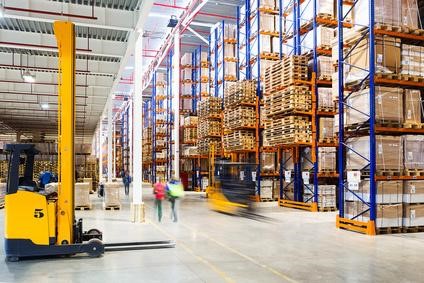Inventory has emerged as a hot topic lately. In today’s Amazon-impacted business environment, customers expect rapid, customized deliveries, the ability to change their mind anytime and easy interactions (placing orders, returns etc.). Since clients are growing, they are also concerned with keeping up with the increasing volume. Thus, they have responded by stocking more inventory to support increased sales and to respond to these increasing expectations.
However, as clients are taking a step back, they see inventory tying up bunches of cash unnecessarily. Just because they have more inventory doesn’t mean they have the ‘right’ inventory in the ‘right’ place at the ‘right’ time. Inventory not only ties up cash, but it also increases costs. We are hearing about concerns regarding space, efficiencies, transportation cost impacts and more. In essence, there is a double hit to cash and profit yet the appropriate level of inventory (varies by network and strategy) is required to meet customer expectations.
In addition to pursuing inventory improvement programs to maximize your service, cash and margins such as SIOP (sales, inventory and operations planning) and proactive vendor managed inventory/ collaborative inventory programs, you might want to consider your capacity.
We had a client a few years ago who called because service issues had started to arise and customers were angry. Leadership thought the the operations team was under-performing because there must be something wrong with them since sales revenues were not increasing over 5% a year.
As we dug into the issue, we found that the product mix changed significantly which drove a greater level of operations requirements for the same dollar volume. When this occurred in the past, it didn’t create a problem (lending support to the perception that the operations team was at fault). Yet, it turns out that as people left, they stopped replacing them because they wanted to bring down costs.
In the past, since they had excess capacity (machinery) and a small excess level of trained, highly skilled direct labor resources, they could produce what was needed as conditions changed without a problem. They no longer could use this magic bullet!
Would it make sense to maintain excess capacity/skills in a key bottleneck area of your operation (whether manufacturing, technical or office)?
If you’d like to talk about your inventory and/or capacity situation further, please contact us.



